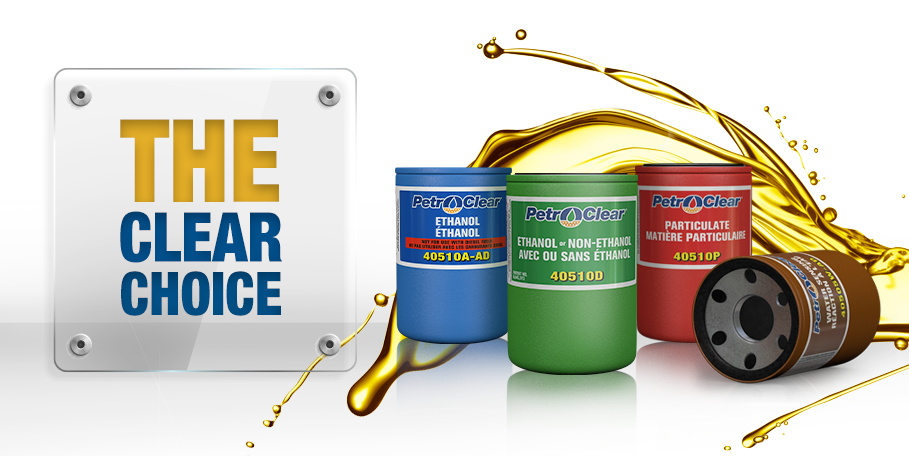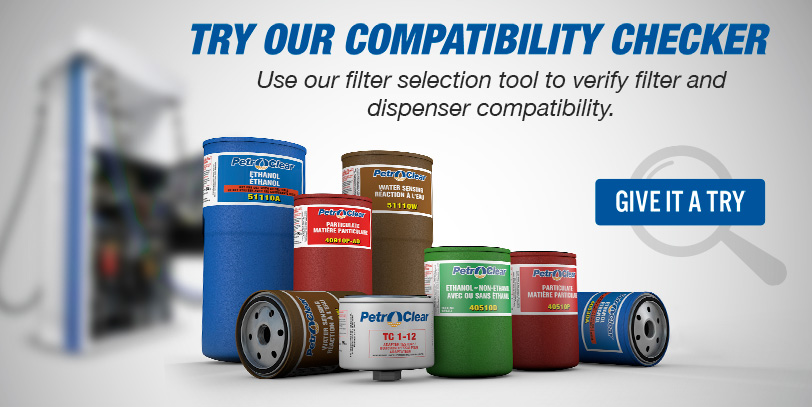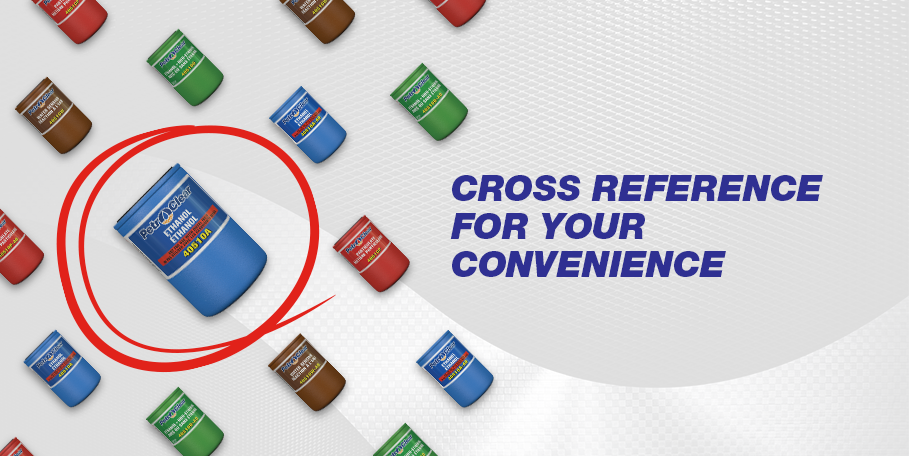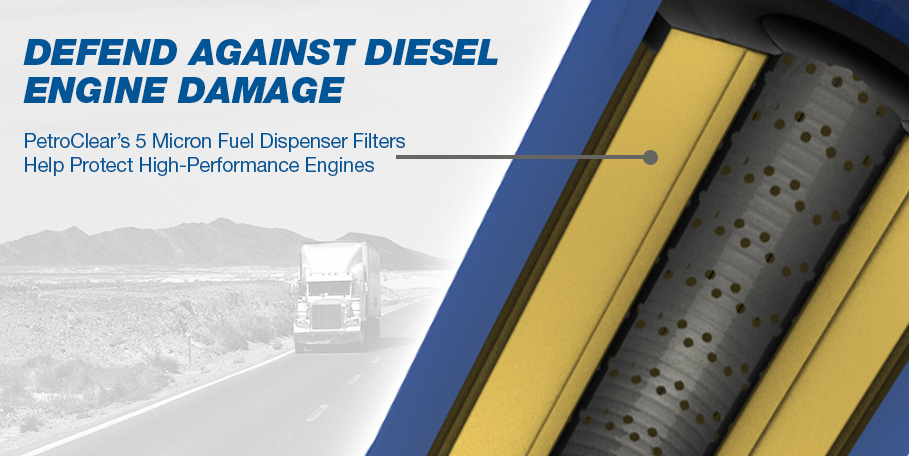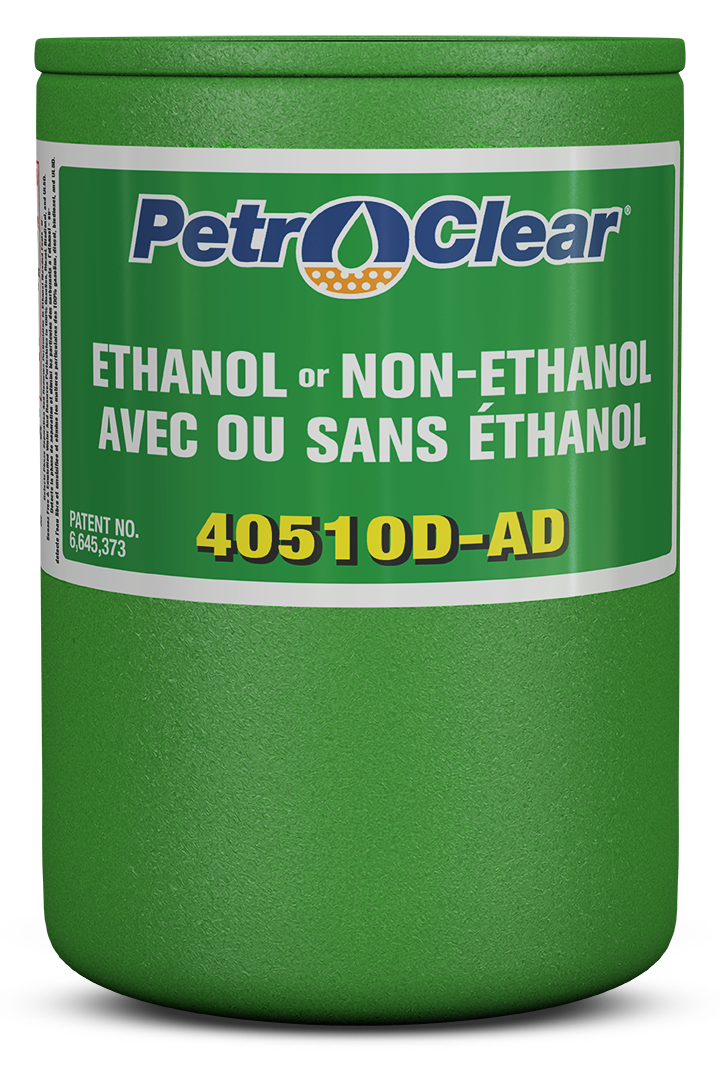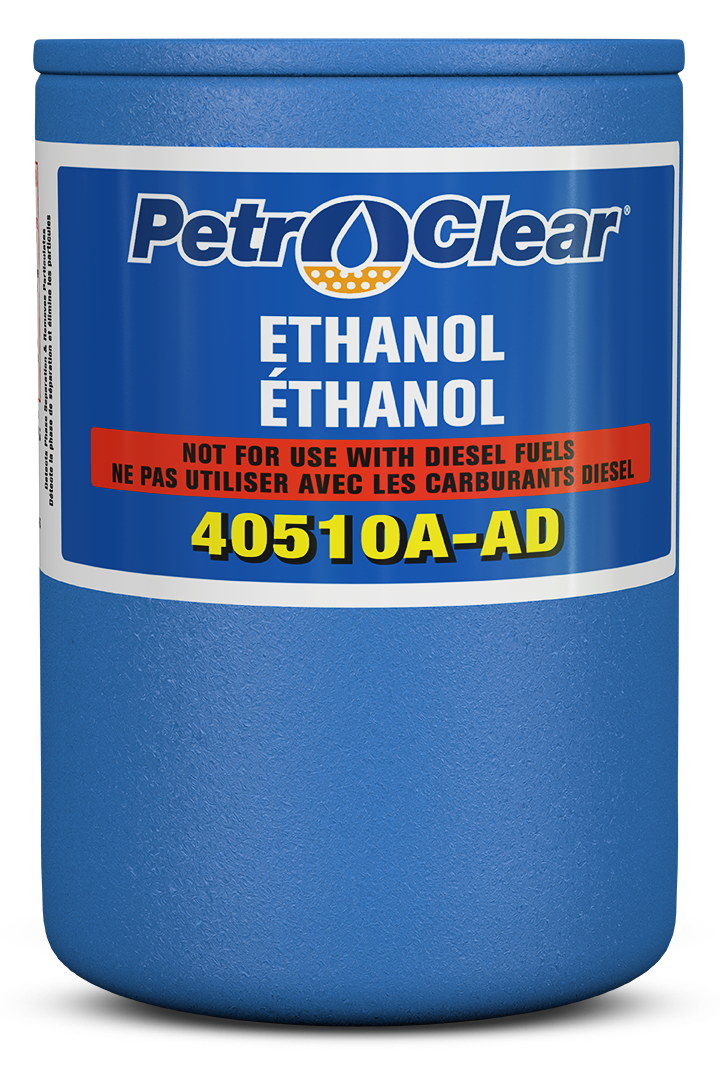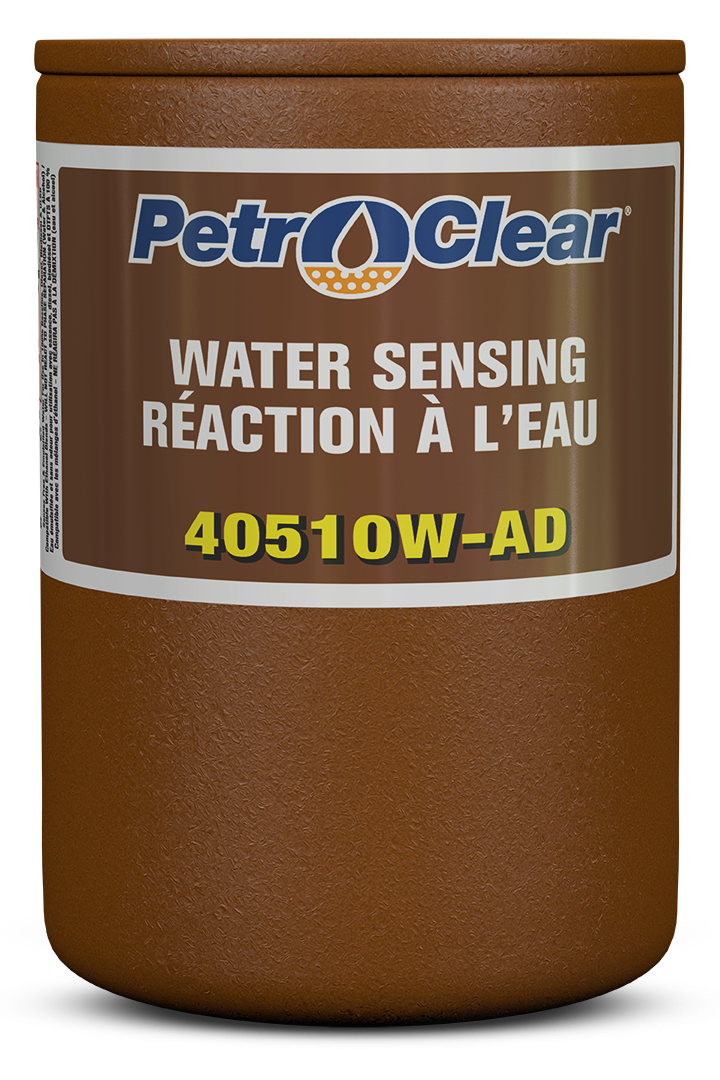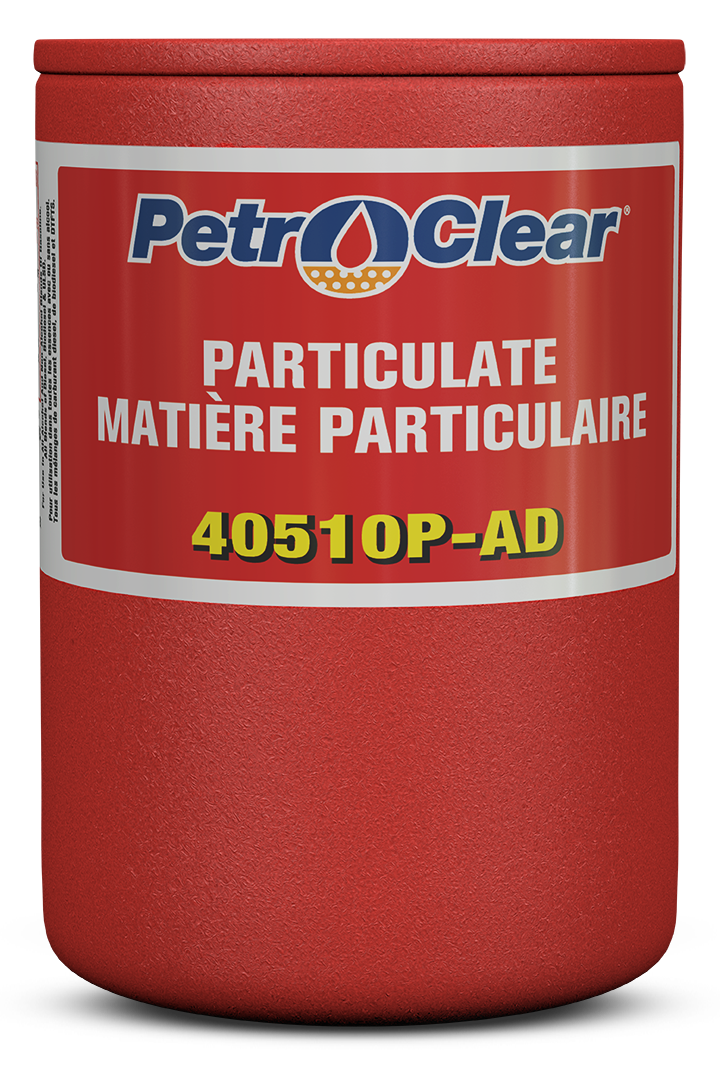-
-

Click the conversation bubble below to ask a question.
-
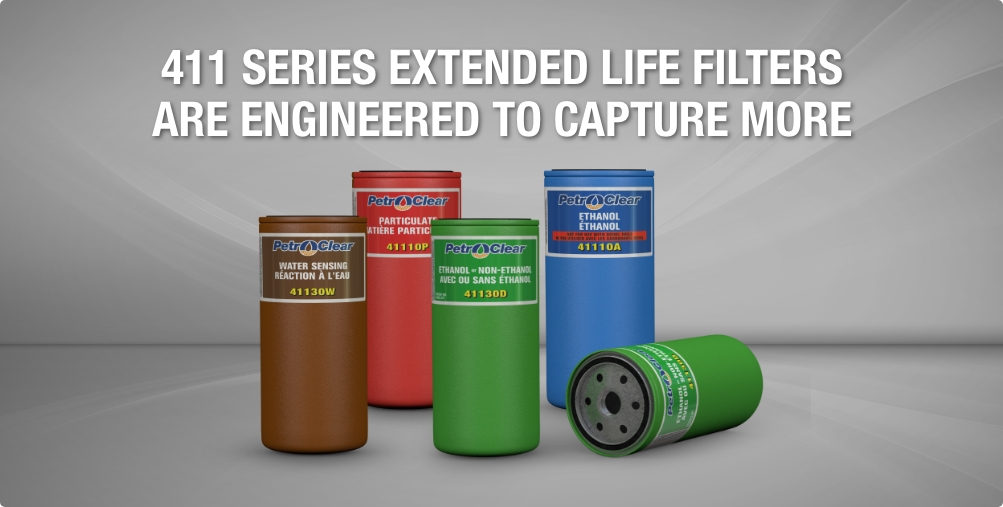
Capture more dirt, debris and rust while extending maintenance intervals. Order Now
-
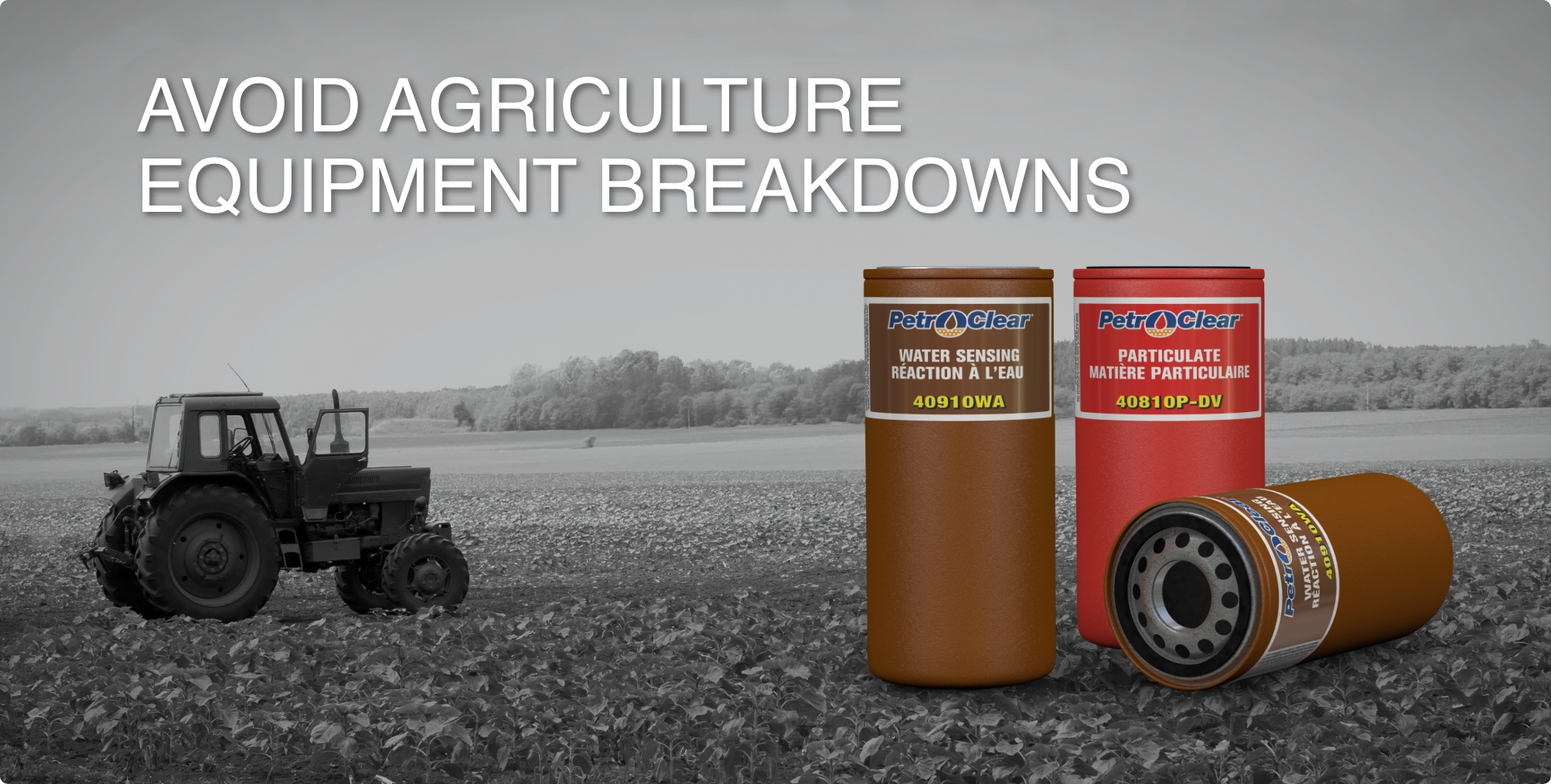
PetroClear makes filters that prevent contaminated fuel from damaging farm equipment.
Order Now -
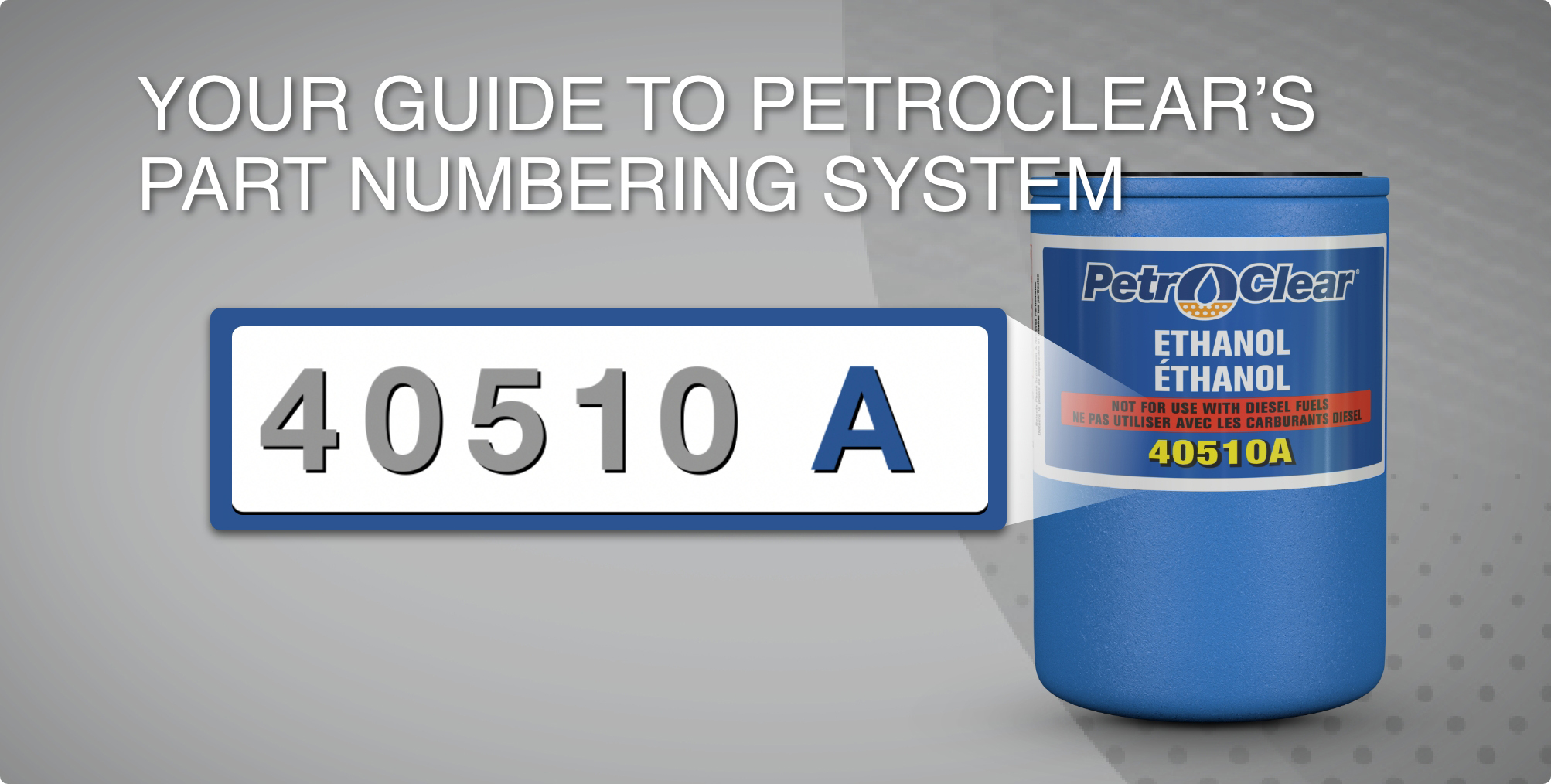
Learn how to determine filter specs, micron ratings and more using our part numbering system.
Watch Video
Fuel Dispenser Filtration Products
PetroClear provides fuel-dispenser filters and filtration accessories for dispensing petroleum, ethanol, methanol and biodiesel blends at retail and commercial fuel sites. The PetroClear line of filters includes high-flow, extended life, phase separation and more.
Learn More About PetroClear





